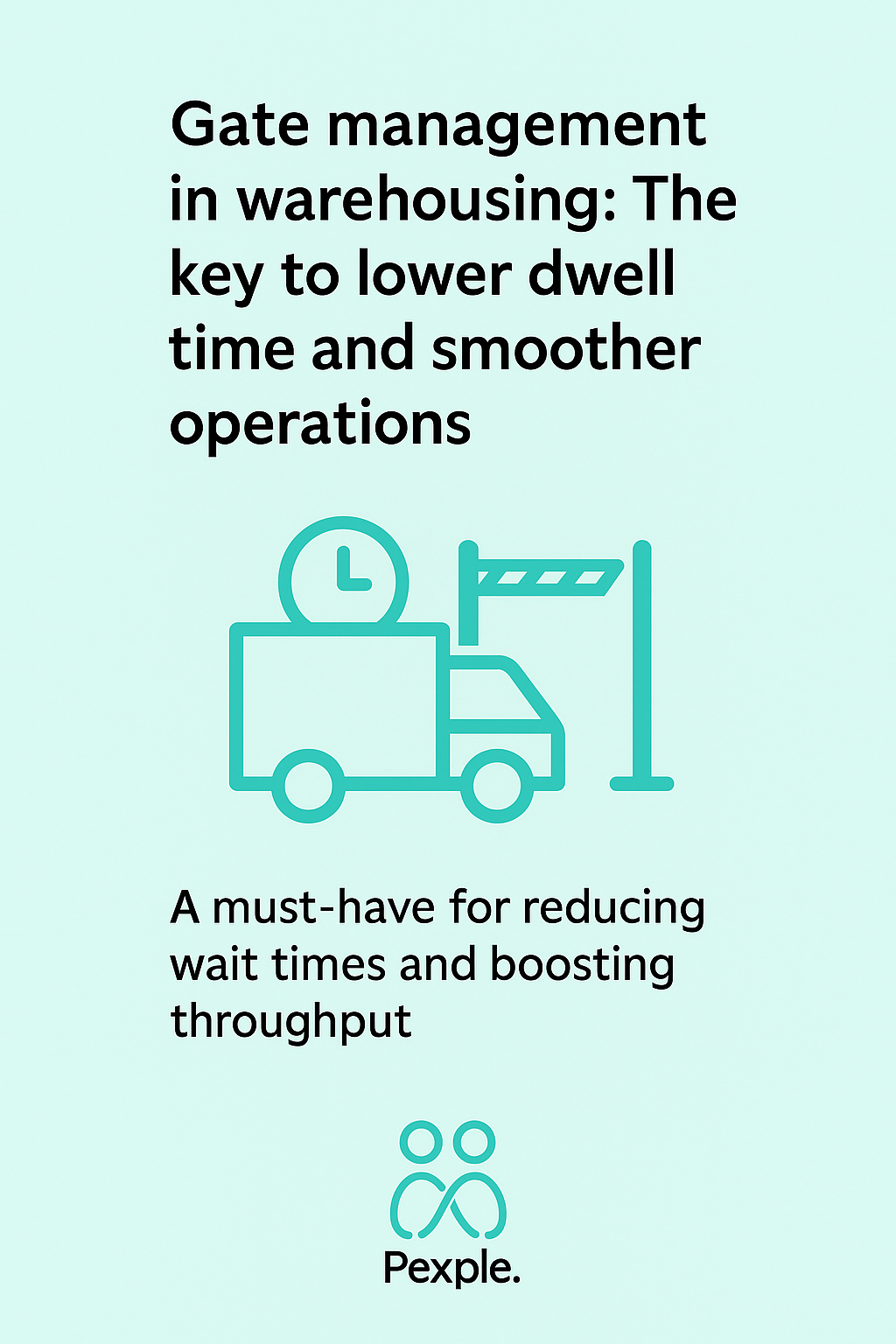Gate Management in Warehousing: The Key to Lower Dwell Time and Smoother Operations
Author name

Gate managementused to be considered a tool only for massive distribution centers. Today, it’s becoming clear thatstreamlining vehicle entry and exitis crucial for reducingdwell time, optimizing resources, and increasing satisfaction across the supply chain.
What is dwell time and why should you care?
Dwell timerefers to how long a truck waits—before check-in, at the gate, or during loading/unloading. It’s often anoverlooked KPI, yet it directly impacts:
carrier operating costs
warehouse congestion
partner satisfaction (especially in 3PL and FMCG environments)
Poorly managed gates generates higher costs
Without a robust gate management system, the consequences are all too familiar:
trucks arrive unscheduled or in waves
ramp space is overwhelmed
warehouse staff are overloaded
operations become reactive instead of planned
📉 Result? Bottlenecks, frustration, and unnecessary cost leakage.
✅ Benefits of a digital gate management system:
🔹Up to 40% reduction in dwell time🔹Real-time arrival scheduling🔹Better yard safety and traffic control🔹Transparent KPIs for audits & SLA compliance🔹Lower waiting fees for carriers🔹Happier drivers and warehouse staff
Warehousing isn’t just about speed, it’s about coordination
Implementing a gate management system isn’t just a tech upgrade. It’s astrategic decisionthat improves warehouse flow, reduces downtime, and builds stronger supply chain relationships.
Companies that invested in gate management reportsmoother vehicle flow, less disruption, and significantly improved partner satisfaction scores.
Gate management is not a “nice-to-have” it’s a “must-have”
